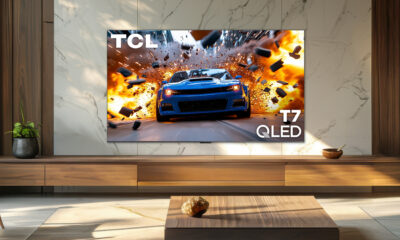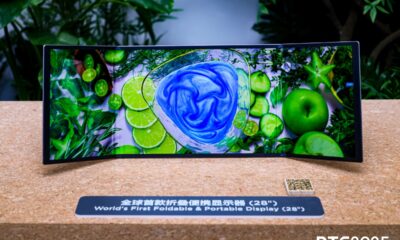News
Alcatel V3 Series Debuts in India with 120Hz Paper-Like NXTPAPER Displays
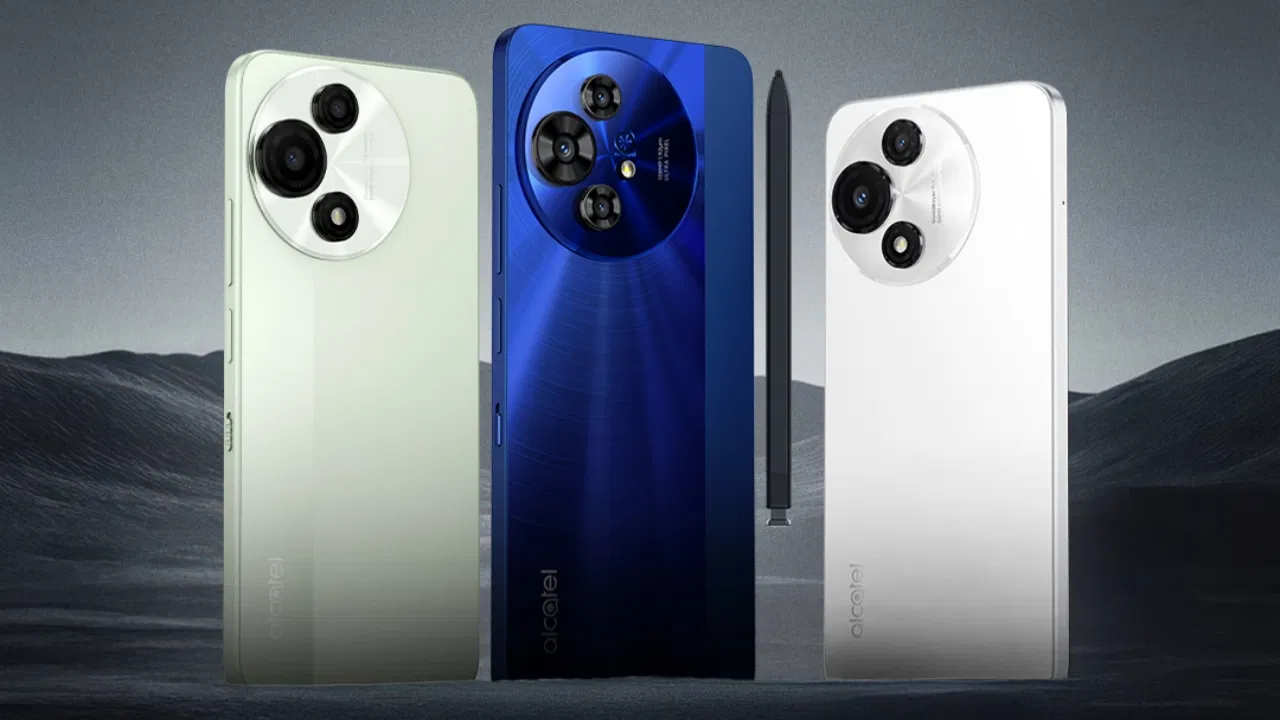
TCL‘s Alcatel has officially launched the V3 series in India, introducing three new smartphones: the V3 Ultra 5G, V3 Pro 5G, and V3 Classic 5G. All three models are powered by the MediaTek Dimensity 6300 chipset and support 5G connectivity. Two of the devices, the Ultra and Pro variants, feature TCL’s NXTPAPER display technology, which aims to reduce eye strain by mimicking the look of paper with an anti-glare finish.
The Alcatel V3 Ultra 5G comes with a 6.8-inch Full HD+ NXTPAPER display that offers a 120Hz refresh rate and peak brightness of up to 650 nits. The device includes a stylus, supports NXTPAPER INK mode for reading, and offers a triple camera system with a 108MP primary sensor, an 8MP ultra-wide lens, and a 2MP macro camera. A 32MP front camera handles selfies. It includes up to 8GB RAM, 128GB internal storage, and microSD support. The 5010mAh battery supports 33W fast charging.
Alcatel includes a built-in stylus with the V3 Ultra 5G, marking it as the first device in its price range in India to offer this feature. It ships with Android 14 and is eligible for three major OS upgrades and four years of security updates. The V3 Ultra 5G is available in Hyper Blue, Champagne Gold, and Ocean Grey. The 6GB + 128GB model is priced at ₹19,999 (approximately $240), while the 8GB + 128GB version costs ₹21,999 (around $265).
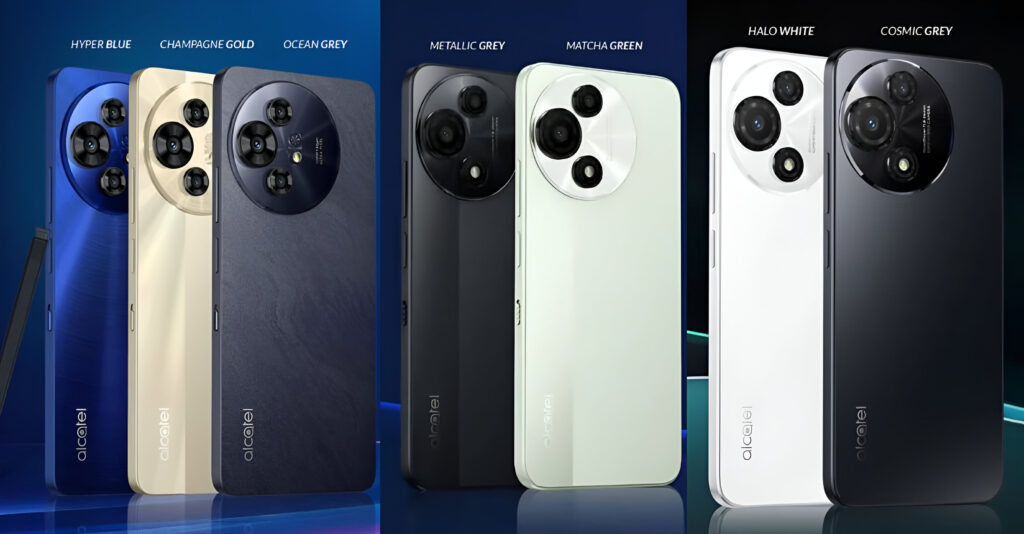
The Alcatel V3 Pro 5G features a 6.7-inch HD+ NXTPAPER display, also with a 120Hz refresh rate and up to 570 nits peak brightness. It includes 8GB RAM and 256GB storage. The rear cameras consist of a 50MP primary sensor and a 5MP ultra-wide camera. The front-facing camera uses an 8MP sensor. The phone has a 5200mAh battery with 18W fast charging and comes with Android 15 out of the box.
It includes stereo speakers, IP54 dust and splash resistance, and a side-mounted fingerprint sensor. The V3 Pro 5G is offered in Matcha Green and Metallic Grey, priced at ₹17,999 (around $215) for the single 8GB + 256GB variant.
The Alcatel V3 Classic 5G includes a 6.7-inch HD+ LCD with a 120Hz refresh rate. Unlike the other two, it does not feature NXTPAPER technology. It comes with 6GB RAM, 128GB storage, and a dual camera setup featuring a 50MP main sensor and a macro lens. An 8MP front camera handles video calls and selfies.
The phone runs Android 15 and is powered by a 5200mAh battery with 18W charging support. The V3 Classic 5G is available in Halo White and Cosmic Grey. The 4GB + 128GB version is priced at ₹12,999 (around $155), while the 6GB + 128GB model costs ₹14,999 (approximately $180).
In recent news, TCL has introduced Dolby Atmos FlexConnect support to its 2025 QD-Mini LED TV lineup, enhancing the audio experience across select models. Alongside this update, TCL launched the QM8K QD-Mini LED TV featuring a CrystGlow WHVA panel and an ultra-thin ZeroBorder design, combining advanced display technology with sleek aesthetics for an improved viewing experience.
News
TCL A400 Pro QD-Mini LED Art TV launched with 4K 144Hz display
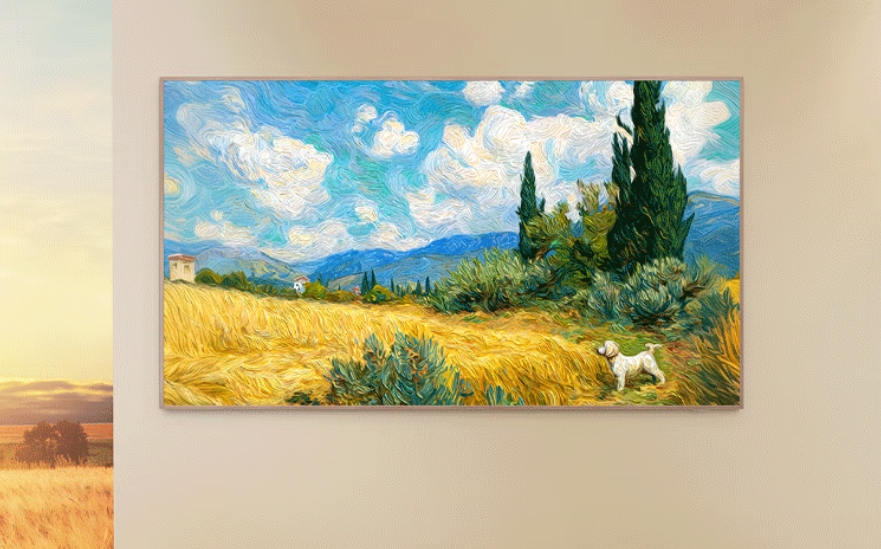
TCL has launched the A400 Pro QD-Mini LED Art TV in the Chinese market. It aims to blur the line between display technology and interior design.
TCL A400 Pro Specifications
Since this is part of TCL’s Art TV series, design takes center stage. The screen sits inside a light walnut-textured frame with no visible seams, thanks to a single-piece bending process. It stays incredibly slim at just 3.99 cm for up to 75 inches and 4.45 cm for the 98-inch version.
The rear panel takes on a textured finish inspired by vintage hardbound books. TCL supports three placements: a slim wall bracket for a flush mount, a two-stage desktop stand, and an optional mobile floor mount with wheels.
On the performance side, the A400 Pro uses TCL’s QD-Mini LED tech with independent zone dimming and Quantum Dot Pro materials that cover 157% of the BT.709 gamut. It supports native 4K at 144Hz, plus 288Hz output in Game Mode. There’s also VRR, ALLM, and AMD FreeSync Premium Pro baked in.
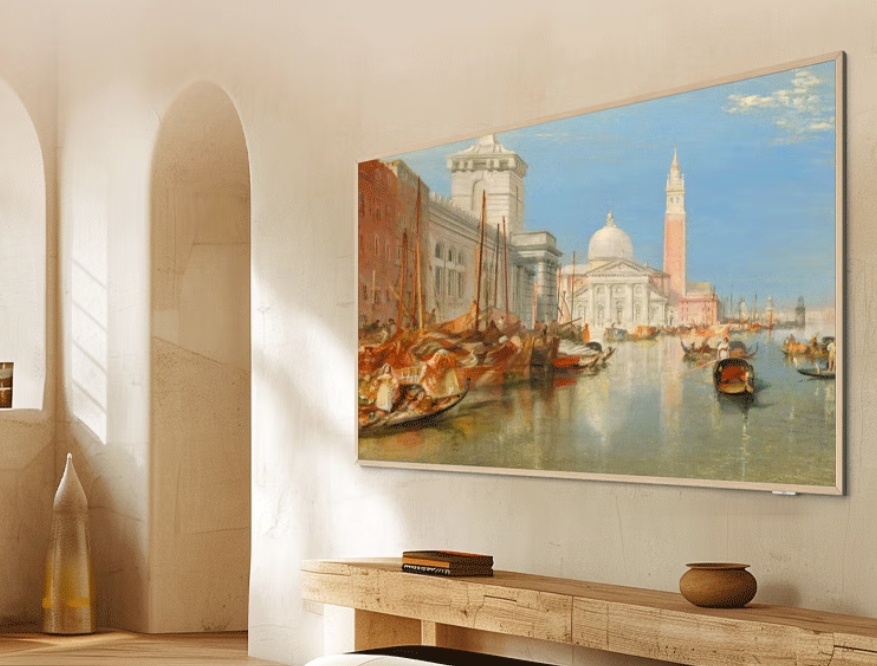
TCL backs the visuals with the TSR AI engine, which tunes color, clarity, and motion frame by frame. The screen also adjusts brightness automatically using an ambient light sensor.
In Art Mode, the TV doubles as a digital canvas. It includes over 100 curated artworks and can generate original pieces using AI. It runs on Lingkong OS 3.0, skips boot ads, and uses the Fuxi AI model to power 18+ smart assistants for gaming, fitness, education, and more.
Pricing and Availability
The TCL A400 Pro is available in five sizes, with pricing that scales across the lineup. The 55-inch model starts at 7,999 yuan (about $1,120), while the 65-inch version is priced at 10,999 yuan (about $1,540). The 75-inch variant costs 12,999 yuan (about $1,820), the 85-inch model comes in at 14,999 yuan (about $2,100), and the top-end 98-inch version is priced at 19,999 yuan (about $2,800).
In related news, RayNeo’s Air 3s Pro AR glasses dropped to $249 during the Black Friday sale, and TCL’s T7 4K QLED Smart TV continues to draw attention for its feature set and performance in the midrange segment.
Deals
RayNeo Air 3s Pro AR Glasses Drop to $249 in Black Friday Deal
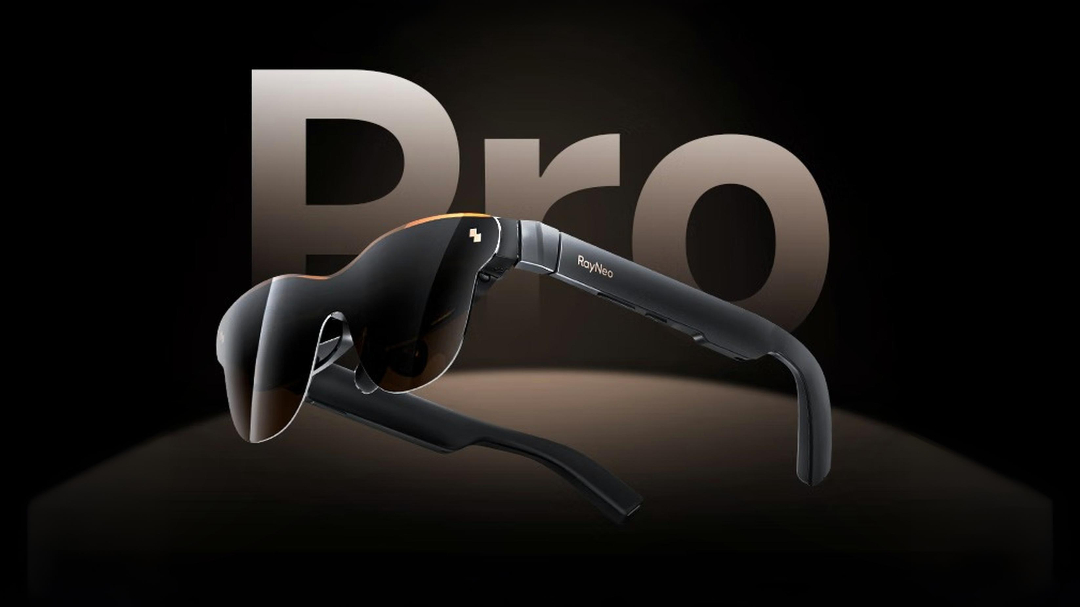
RayNeo’s latest smart AR glasses, the Air 3s Pro, are now hitting their lowest price ever for Black Friday 2025. Originally launched at $299 in August, the Air 3s Pro has dropped to $249 on the official website. The 17 percent discount runs through December 1 as part of a limited-time flash event.
The Air 3s Pro takes RayNeo’s XR vision further with a brighter and bolder display experience. It delivers a 201-inch virtual screen at 6 meters away, backed by HueView 2.0 Micro-OLED tech that pushes 1,200 nits brightness and a contrast ratio of 200,000:1. Color coverage reaches 98 percent DCI-P3, with six viewing modes that include Game, Movie, Eye Protection, and Vision Boost for different content types.
RayNeo includes OptiCare 3840Hz PWM dimming technology, TÜV-certified eye comfort, and 20-step brightness control to reduce strain. These features make the glasses suitable for binge sessions. On the audio front, a quad-speaker array with Whisper Mode 2.0 delivers spatial audio with privacy, suitable for commuting or late-night viewing.
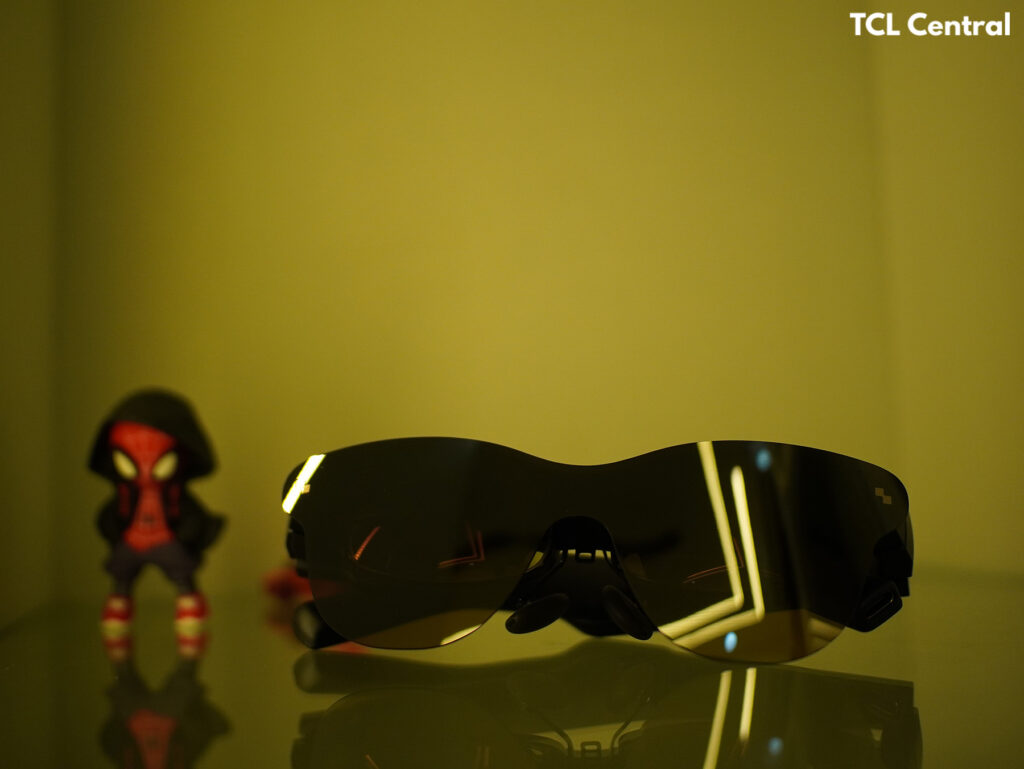
At just 76 grams, the glasses feature a carefully balanced front and rear weight distribution. They include flexible temple and nose pad adjustments for improved comfort. The Air 3s Pro connects via USB-C, HDMI, or accessories like JoyDock. It supports iPhones with DockKit, Android phones, gaming consoles such as Switch, PS5, Xbox, and also PCs.
Compared to its predecessors, the Pro model improves display brightness, color accuracy, and audio immersion. Whether watching YouTube, streaming Netflix, or playing a Switch game, the Air 3s Pro feels like a private IMAX you can wear.
RayNeo now offers one of the most full-featured AR glasses at its best price yet. For anyone considering a jump into XR, this may be the right time.
Buying Guides
What’s So Special About TCL T7 4K QLED Smart TV?
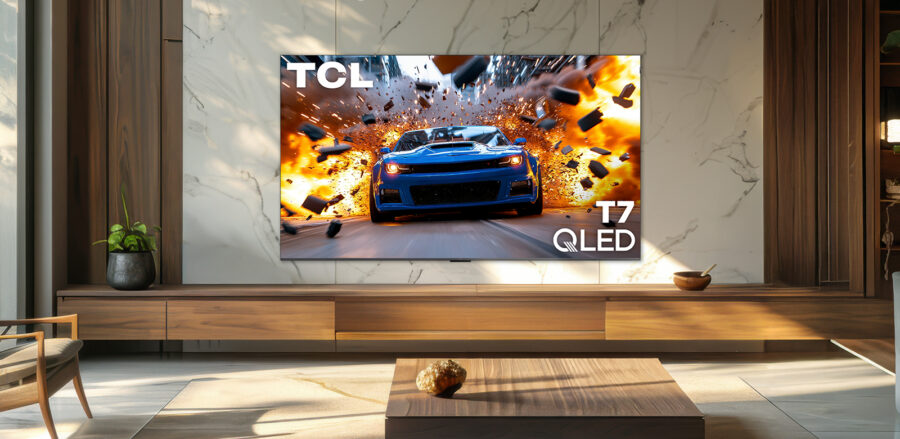
TCL has recently launched the TCL T7 4K QLED Smart TV series as its latest mid-range television lineup. The series includes 4K UHD resolution, QLED panels, high refresh rates, and Google TV integration. TCL positions the T7 as a premium entertainment and gaming TV that targets mainstream buyers without pushing the price too high.
Premium Looks Meet Sensible Design
TCL uses a bezel-less design across all T7 models. The TVs feature a minimalist look that suits wall mounting or table placement. TCL includes adjustable-width feet to allow more flexibility for setups with soundbars or compact entertainment units. This small design choice improves usability, especially in tighter spaces. Despite falling in the mid-range category, the T7 models look refined and clean.
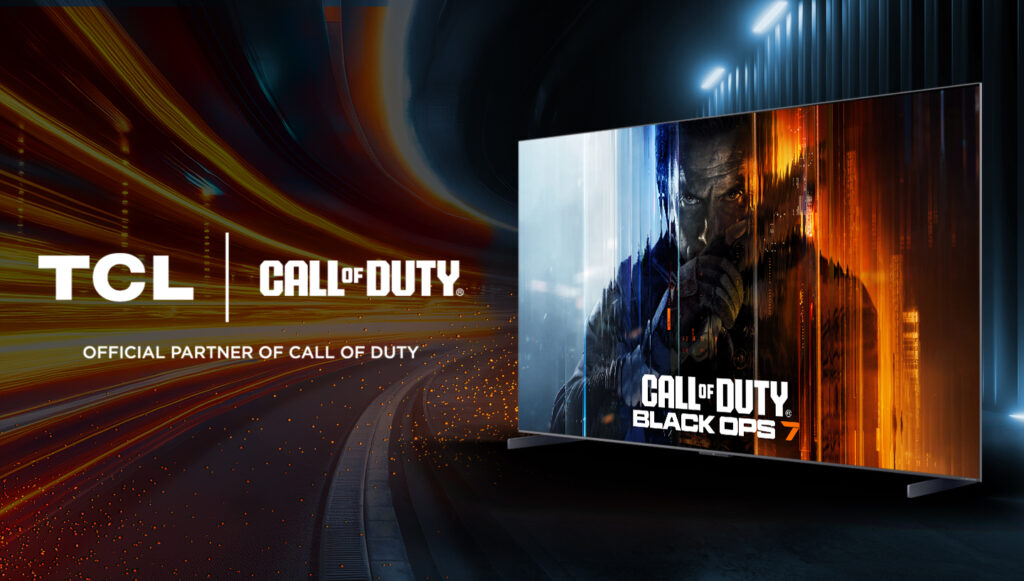
QLED Visuals With 144Hz Sweetness
All four models in the T7 lineup support 4K resolution at 3840 × 2160. The 55-inch variant uses a 120Hz panel, while the 65, 75, and 85-inch versions move up to a native 144Hz refresh rate. This high refresh rate improves fast-motion clarity in games and sports content.
TCL adds support for variable refresh rate (VRR), Auto Low Latency Mode (ALLM), and Game Accelerator. The 85-inch model can reach up to 288 VRR, which helps reduce input lag during gameplay. These features make the T7 Series suitable for console and PC gamers who want smoother motion and lower latency.
All the HDR Formats You Could Ask For
TCL supports a wide range of HDR formats on the T7 Series. Each model handles Dolby Vision, HDR10+, HDR10, HLG, and Open HDR. This broad compatibility allows content from most major streaming platforms to play in the intended HDR format.
The AiPQ Pro processor powers TCL’s picture enhancement. It adjusts image settings in real time to boost contrast, color accuracy, and detail sharpness. The QLED panel supports 1.07 billion display colors and uses a high-brightness LED backlight to improve image clarity in bright environments.
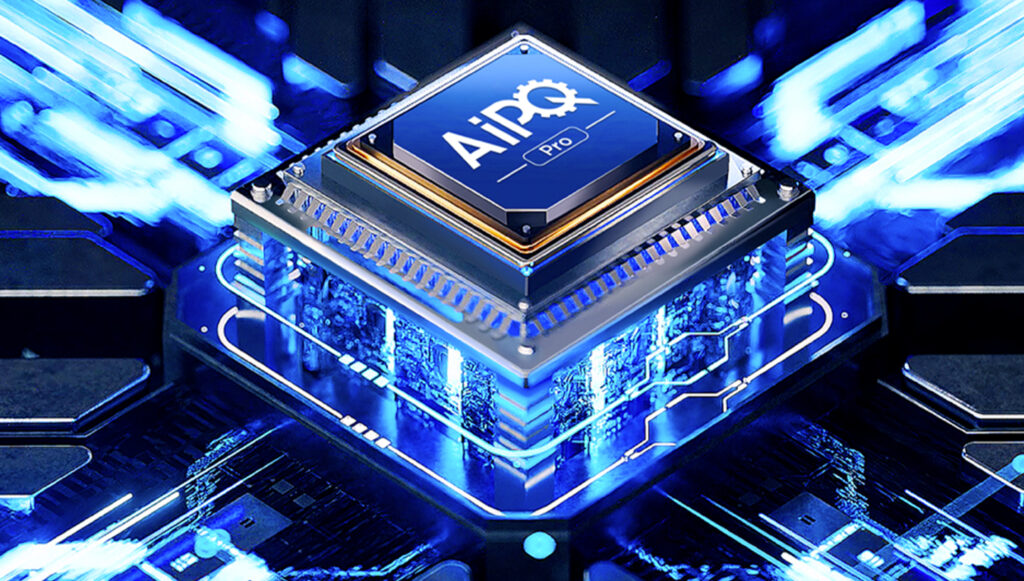
Smarter, Louder Smart TV
The T7 Series runs on Google TV. This platform gives access to thousands of apps and services, including Netflix, YouTube, and Disney+. Built-in Chromecast and Apple AirPlay 2 support allow wireless casting from Android and iOS devices.
TCL adds far-field microphones to all T7 models. This allows voice control without using the remote. The TVs also support Google Assistant, Amazon Alexa, and Apple HomeKit for smart home control. TCL includes a backlit voice remote and ships the unit with AAA batteries.
The 55-inch, 65-inch, and 75-inch models include a 2.0-channel speaker system, ranging from 20W to 30W. The 85-inch model features a 2.1 Onkyo speaker system with a built-in subwoofer and a total output of 40W. All models support Dolby Atmos and Dolby Digital+ formats to enhance spatial audio.
Ports, Power, and Peace of Mind
TCL includes four HDMI ports on each T7 TV, with one port supporting eARC. The TVs also come with USB 3.0 and USB 2.0 ports, Ethernet input, optical digital audio out, and RF input for antenna or cable. Wireless connectivity uses Wi-Fi 5 (802.11ac).
Other included features are sleep timer, multilingual on-screen display, closed captions, JPEG/MP3 playback from USB, and accessibility options. Power consumption remains under 0.5W in standby mode. The TVs do not carry Energy Star certification. Each model supports VESA wall mounting.
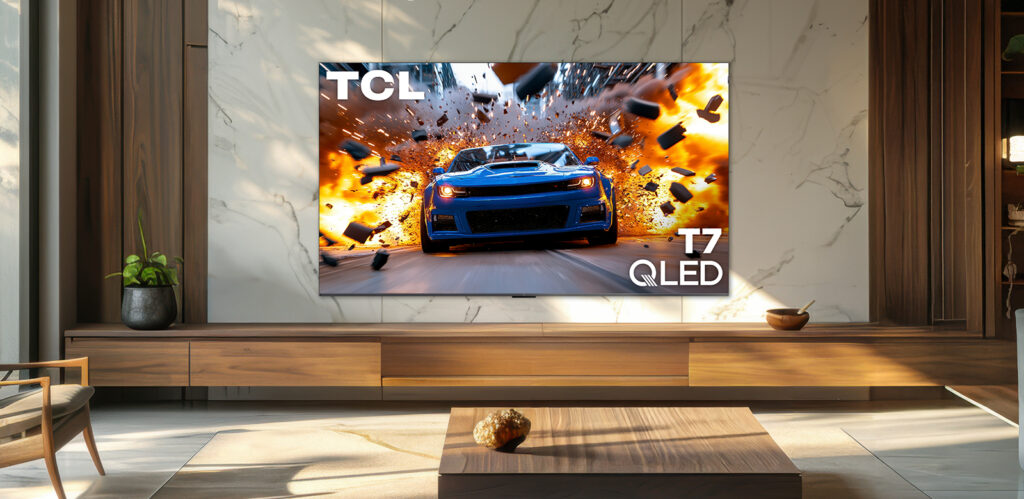
Value Without Compromise
TCL prices the 55-inch T7 at $599.99. The 65-inch model costs $699.99, the 75-inch version is listed at $899.99, and the 85-inch model comes in at $1,399.99. These prices make the T7 Series competitive in the mid-range segment. TCL has not announced a specific release date, but availability is expected by the end of the year.
The T7 Series checks many boxes for buyers who want a high-performance smart TV without entering the premium OLED or Mini LED space. With QLED visuals, 144Hz gaming support, advanced HDR compatibility, and solid audio options, the T7 Series stands out as a complete and well-rounded offering in its price class.
In related news, TCL CSOT showcases its printed OLED, Micro LED, MLED, and tri-fold display technologies at DTC2025, and TCL leads Double 11 TV sales once again as it strengthens its premium position with SQD Mini LED technology.



